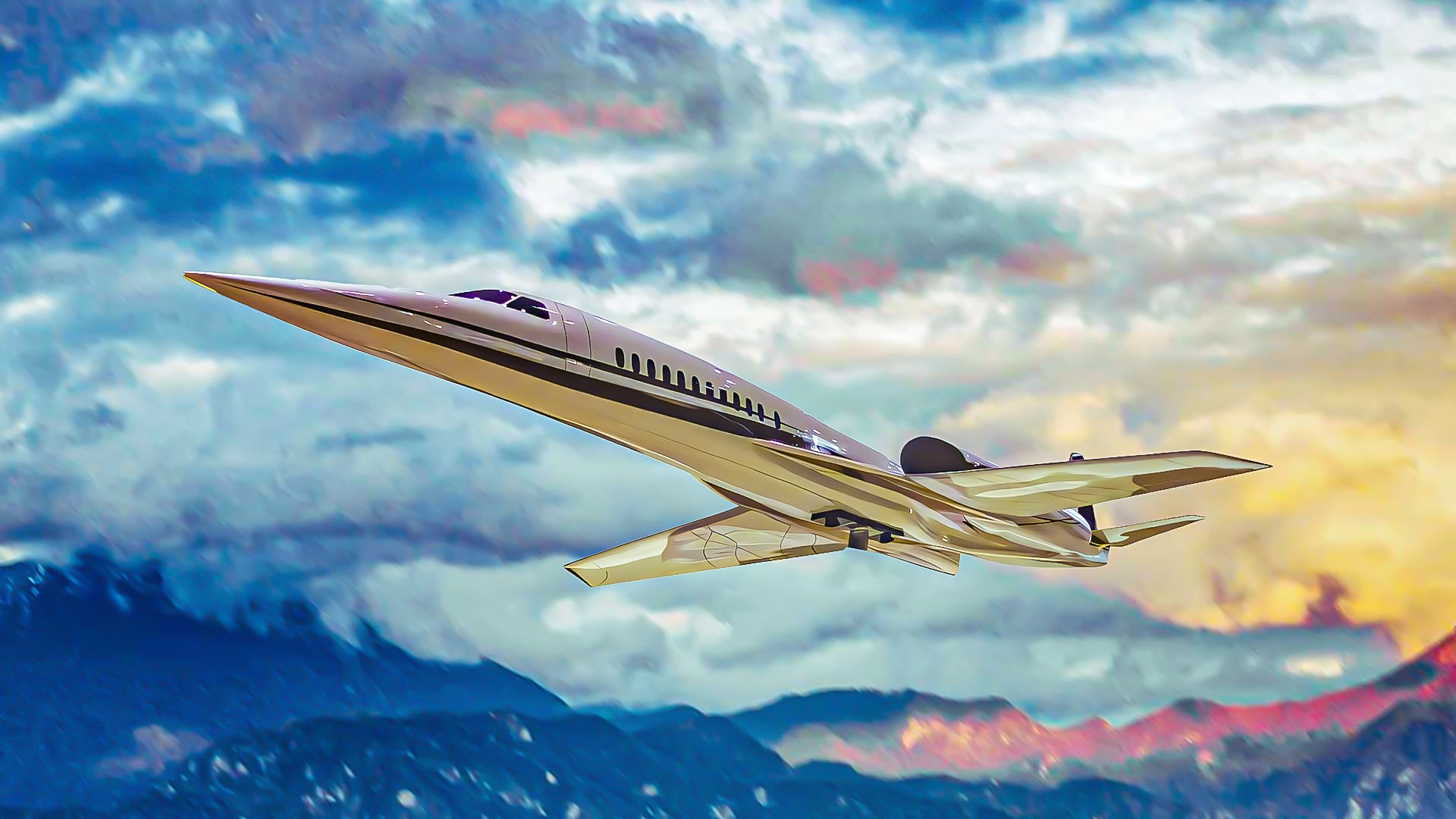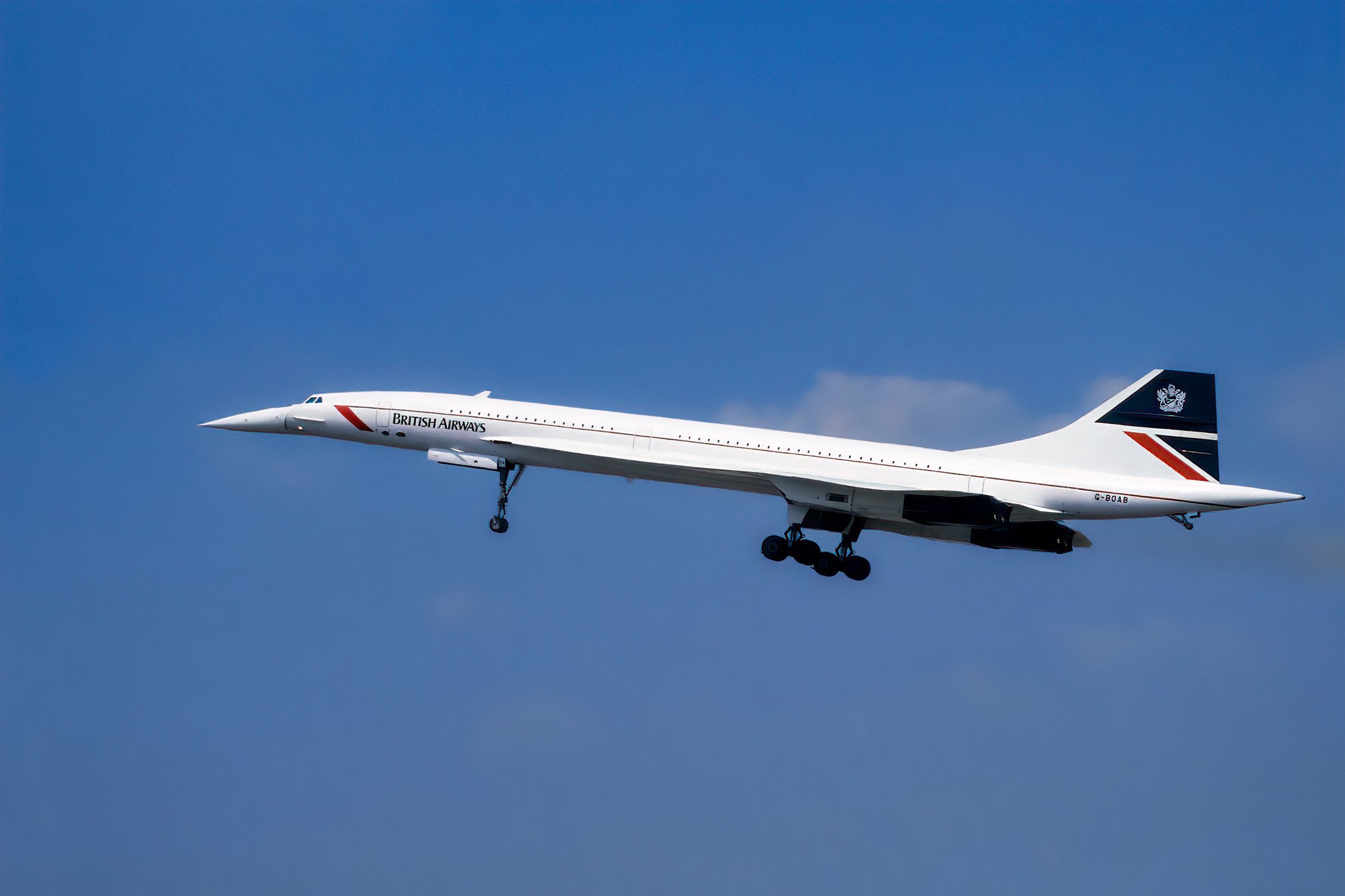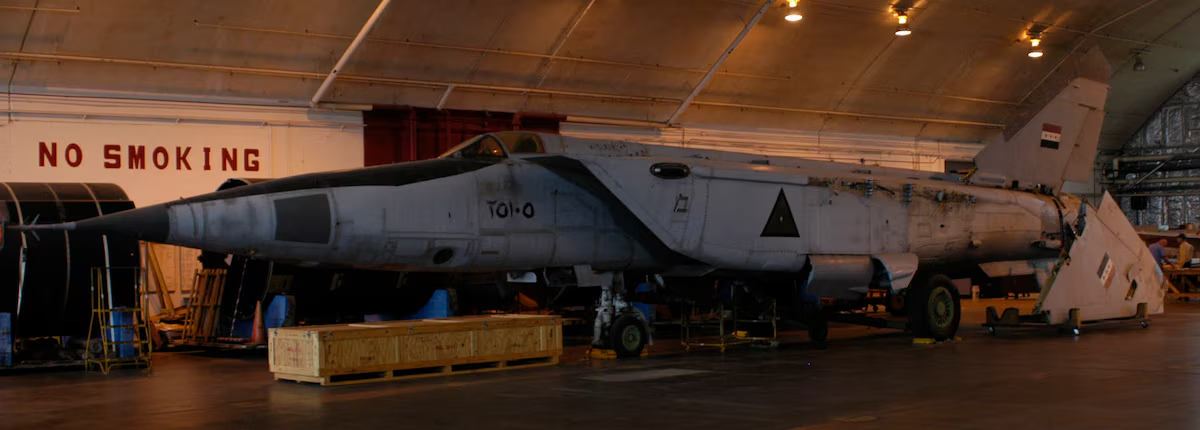Business jets are unique aircraft, as they are designed to be operated by one or just a few extremely wealthy individuals, to whom operational costs are of minimal concern. Over the past twenty years, business aviation has rapidly evolved, and manufacturers like Gulfstream, Bombardier, and Embraer have competed to introduce faster business jets to the market.
Today, Bombardier’s Global 8000 aircraft is the fastest on the market, offering top speeds of a mind-boggling Mach 0.94, according to the Canadian manufacturer. This aircraft has narrowly pushed past competitors like the Gulfstream G700 to earn this title and stands out as the fastest purpose-built business jet to ever enter serial production.
When flying near the speed of sound, drag increases exponentially, drastically increasing fuel costs. As a result, commercial airliners are encouraged to remain far beneath the sound barrier. For private jet operators, whose priority is speed and convenience, not cost reductions, the arguments against flying in the transonic range are significantly weaker.

Therefore, business jet manufacturers like Gulfstream have strived to build private jets that push the limits of subsonic speed capabilities, by introducing new sleek swept-wing designs, more powerful engines, and fuel-saving winglets. These aircraft, despite making impressive advances in private aviation technology, will soon hit their limit, as there simply will not be more room to improve speed without breaking the sound barrier.
This then gives us our key question
Therefore, the world of private aviation has a key question to answer: Is there an argument in favor of the use of supersonic business jets? The answer is undoubtedly complex and depends on multiple factors, including the environmental damage from sonic booms, the increased fuel consumption, and any potential safety implications.
A look to the past for insight
Commercial aircraft manufacturers have attempted to build passenger supersonic transports, none of which have achieved major commercial success. As of 2024, only two supersonic passenger aircraft have ever entered commercial service:
|
Aircraft: |
Manufacturer: |
|---|---|
|
Tupolev Tu-144 |
Tupolev Design Bureau |
|
Concorde |
British Aircraft Corporation & Sud Aviation |
Both of these aircraft entered extremely limited passenger service, with the Tupolev Tu-144 only ever entering service on a single route between Moscow and Kazakhstan. While the Concorde successfully entered service on many different routes, it was limited to oceanic flights as overland sonic booms proved too problematic to become the norm.
The Concorde eventually suffered a fatal crash, which made passengers question the long-term safety of supersonic air transport. Furthermore, the aircraft’s astronomical cost and marginal onboard facilities soon made it obsolete in comparison to modern lie-flat business class seats.
Photo: John Selway | Shutterstock
Important lessons were learned from the Cold War-era experimentation with supersonic flight. The first was that sustained supersonic flight could be achieved and that despite the Concorde crash (which occurred shortly after takeoff while the plane was traveling at subsonic speeds), there were no dramatically different safety risks.
So, it was more economics than anything else that prevented supersonic travel from becoming mainstream. Now Boom Aerospace, a startup manufacturer seeking to bring its supersonic Overture aircraft to the market, will attempt to revive the now-lost world of supersonic passenger flight.
So is there a world for supersonic business aviation?
Business jet manufacturers learned some lessons from the success of programs like Concorde, namely that supersonic flight could be viable if the economics made sense. As business operators typically serve high-net-worth individuals and corporations, costs are a slightly smaller piece of the puzzle, likely making the high fuel and maintenance costs associated with supersonic aircraft much easier to swallow.
Many have explored building a supersonic business jet, but few have succeeded
With this much potential on the table, manufacturers would eventually spend extensive effort attempting to develop private business jets. Surprisingly, the first proposal for a supersonic private jet did not come from a legacy manufacturer but from the Soviet military.
The Mikoyan-Gurevich MiG-25 Foxbat, which was a staple of the Soviet Air Force in the 1960s and 70s, was one of the fastest military aircraft to ever enter the skies. Equipped with two massive engines, the aircraft could easily clear Mach 2.8 speeds. If a business jet could match this performance, it would easily revolutionize travel for the Soviet Union’s leaders and civilian elite.
Photo: National Museum of the United States Air Force
According to the National Interest, Soviet leadership seriously explored the potential of configuring the MiG-25 as the world’s first supersonic business jet. The plan never materialized, but this would not be the last time a Russian manufacturer attempted to build a supersonic private jet.
In the early 1990s, the Sukhoi Design Bureau teamed up in bizarre fashion with American manufacturer Gulfstream to build a prototype supersonic business jet dubbed the S-21. While this project never materialized, there have been multiple other attempts to build a supersonic business jet over the years, including all the following:
- A 1997 proposal from Dassault Aviation based on the Falcon 50
- A 2018 program launched by Vladimir Putin to convert the Tu-160 bomber into a supersonic business jet
- A 2020 partnership between Virgin Galactic and Rolls-Royce aimed at developing a Mach 3-capable aircraft
So what’s the bottom line?
At the end of the day, business aviation was and remains a space for innovation, and, as a result, it might be the best place for supersonic passenger travel to return to the mainstream. With high-net-worth customers that are less concerned by high operational costs, supersonic business aviation could soon exist, especially for transoceanic flights where the potential noise generated by sonic booms is not an issue.



